These color-changing flowers offer a magical opportunity to blend the wonders of nature with a splash of vibrant science for preschoolers.
Watching flowers change colors is like magic for preschoolers. This activity fits right into early childhood science lessons, teaching kids about plant parts and how water keeps plants alive. It's also a great lead-in to talking about how flowers play a key role in pollination.
WHAT YOU NEED:
- White Carnations
- Food Coloring: Choose a variety of colors.
- Water: Regular tap water will work perfectly.
- Cups: One cup for each flower.
WHAT TO DO:
- Prepare the Colored Water: In each cup, add water and a different color of food coloring. The more vibrant the color, the more dramatic the effect will be.
- Trim the Carnations: Cut the stems of the white carnations to fit the length of the cups and make it easier for the stems to absorb the colored water.
- Observe and Wait: Place one flower in each cup and wait. It can take several hours for the change to become noticeable, which is a great way to teach patience in addition to science.
- Record the Observations: Have the children take note of changes they see—does the flower stem change colors? What about the petals?
Understanding Color-Changing Flowers
The science is simple. Flowers draw water from the ground up through their stem to hydrate the flower head. Through a process called transpiration, water evaporates from the petals and leaves the flower, pulling more water up from the roots. When you add colored water, the dye gets absorbed into the stem and the flow of water carries the dye to different parts of the flower.
Educational Value
Watching a flower transform gives preschoolers a hands-on way to learn how plants work. This fun and creative teaching approach helps your kid get a solid start in understanding science.
Engagement and Interaction
Keep things fun and engaging by mixing in some questions. Get your child to guess what's going to happen next. What changes do they notice? Is the process fast or slow?
I hope this activity sparks a lifelong love for nature and, with a bit of guidance, a passion for science.
If you loved this activity, check out my Flower unit study. It's filled with more hands-on activities tailored to engage and educate your preschooler.
Keep the learning—and the fun—blooming!

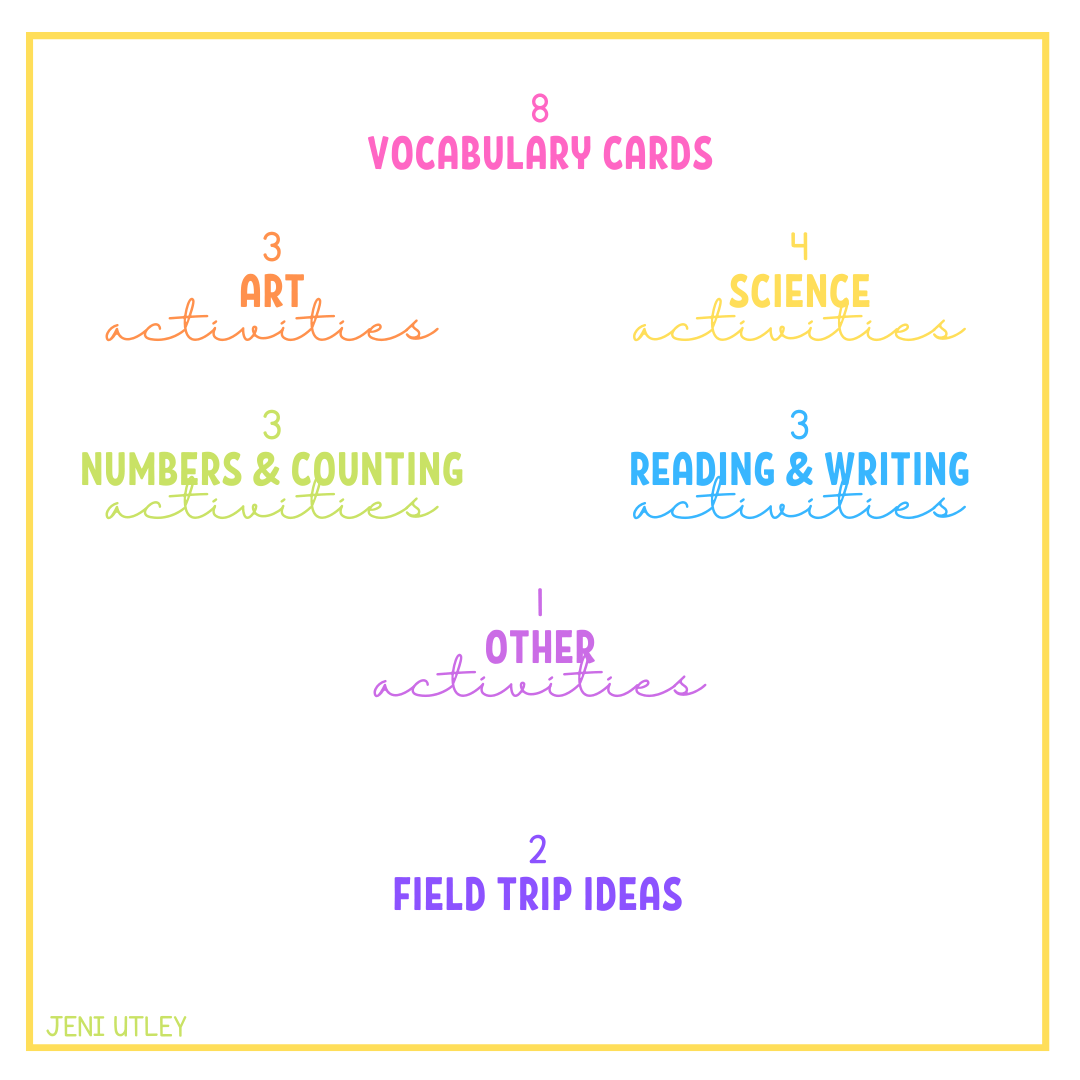


- Jeni
___________________
**ALL THINGS HOMESCHOOL PRESCHOOL**
Check out my PRESCHOOL CURRICULUM! This is where you get all of my unit studies, activities, tips, and more!!
FREEBIE: Preschool Curriculum Map!
Check out my website for blogs and freebies!
All of the products on this page are products my kids and I use and love or products I personally recommend!
All of the opinions expressed here are my own. With that said, this page contains affiliate links that, at no additional cost to you, I may earn a small commission.


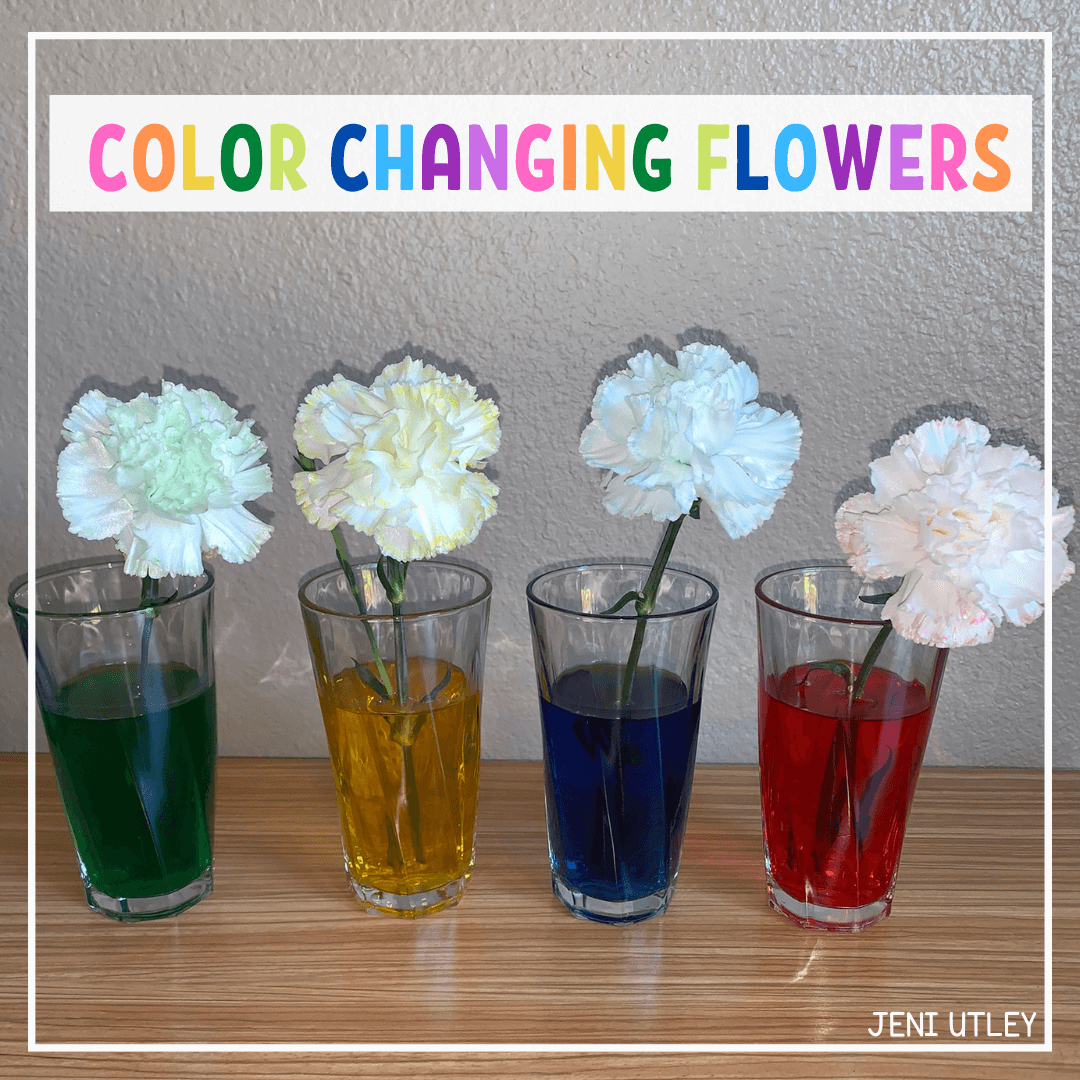
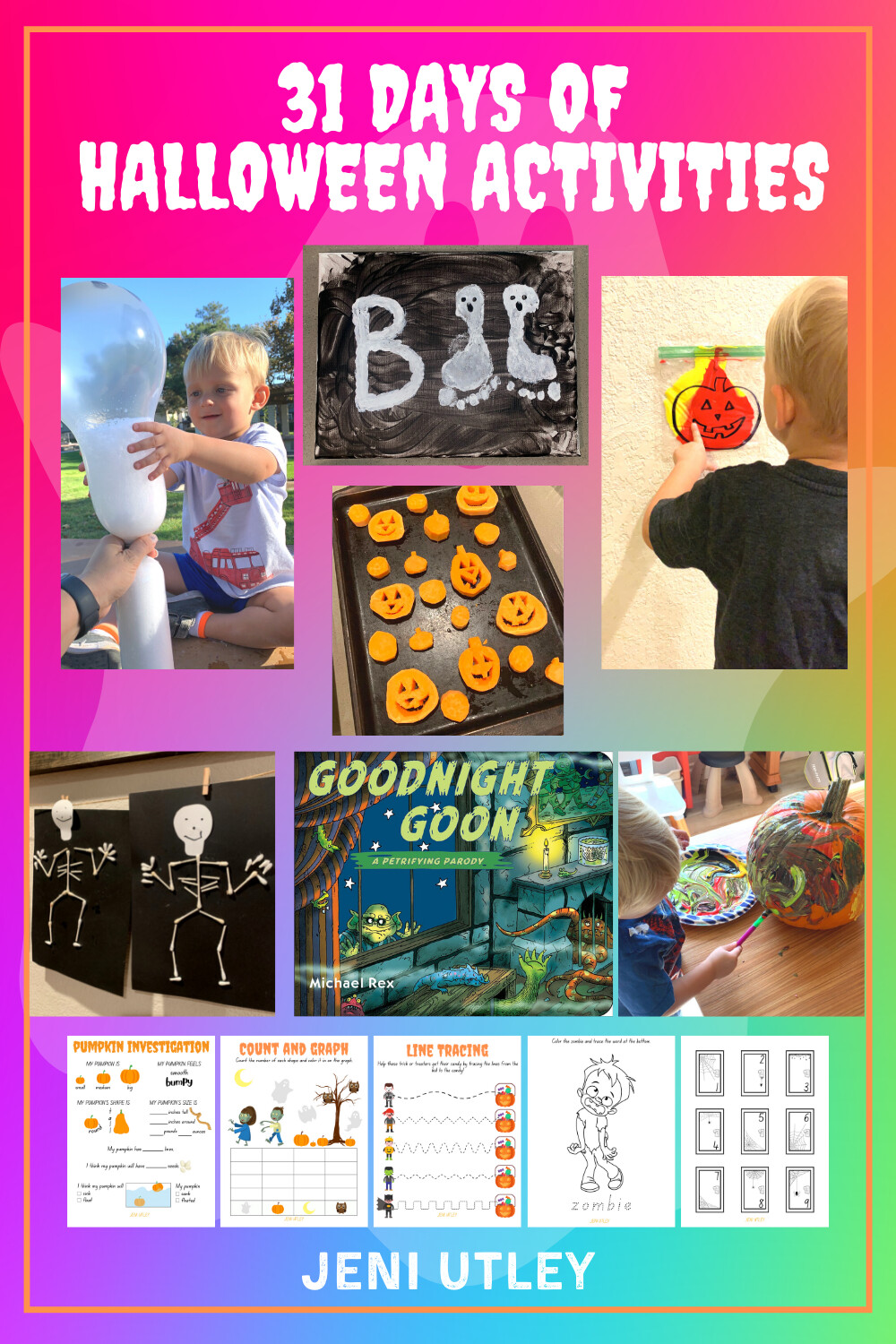

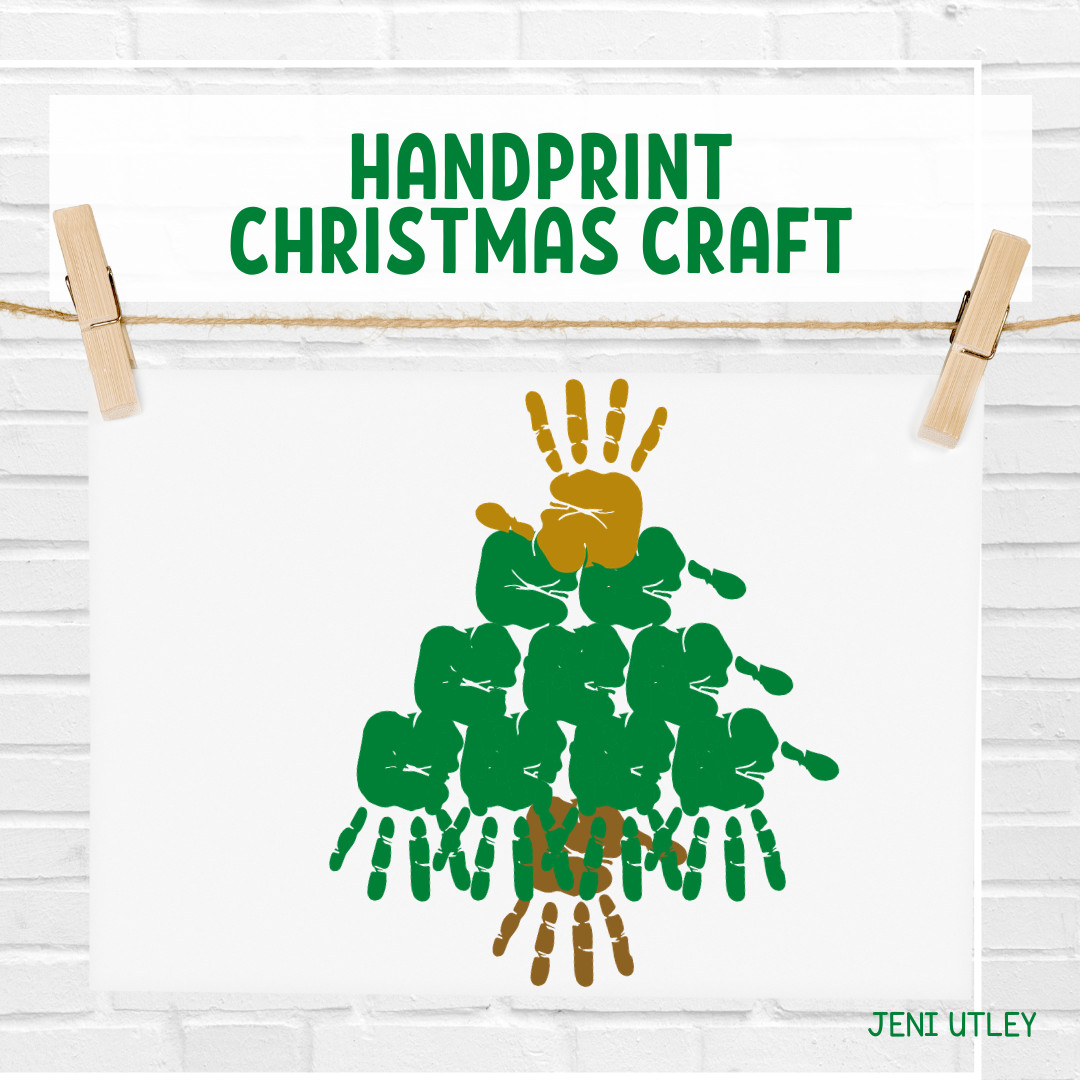

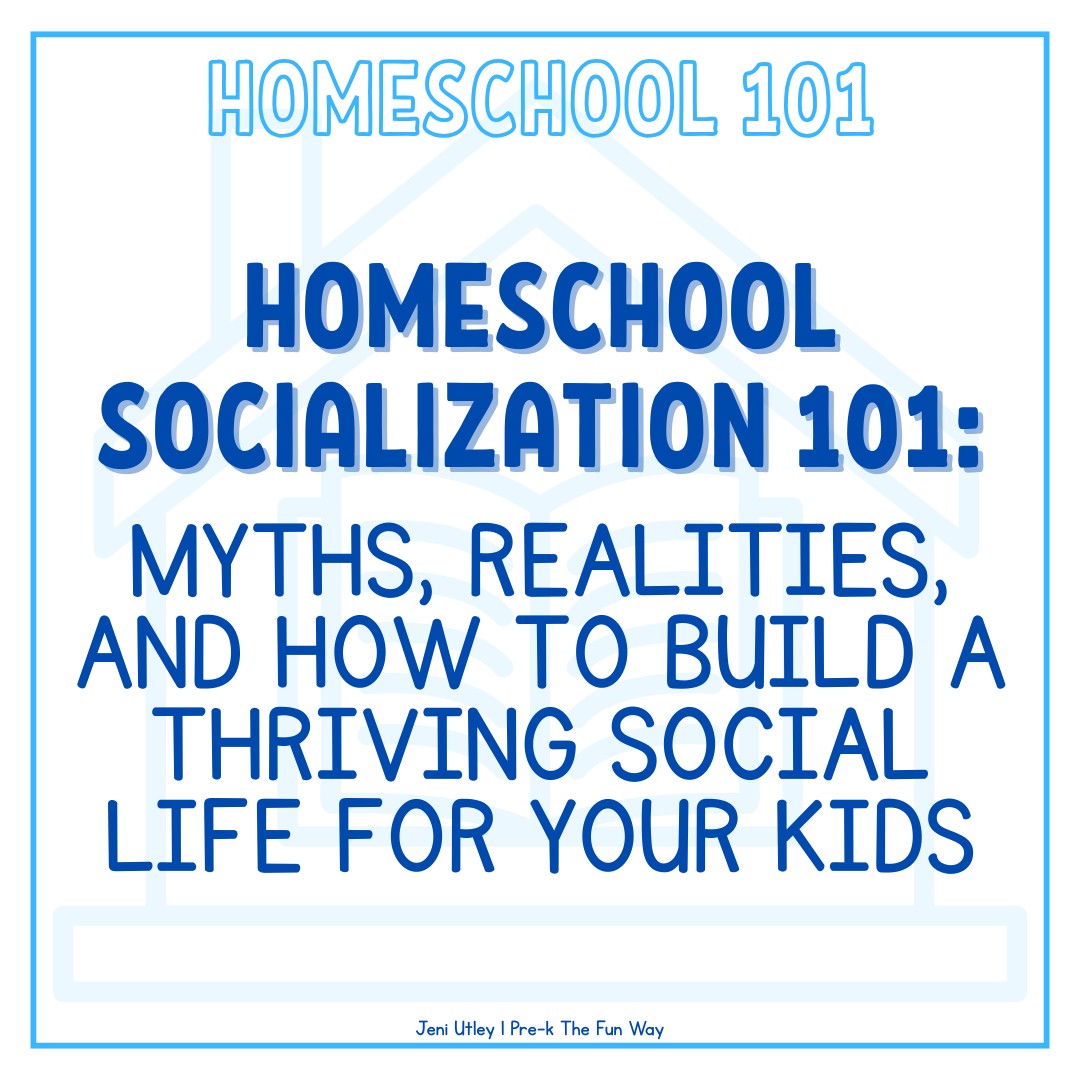
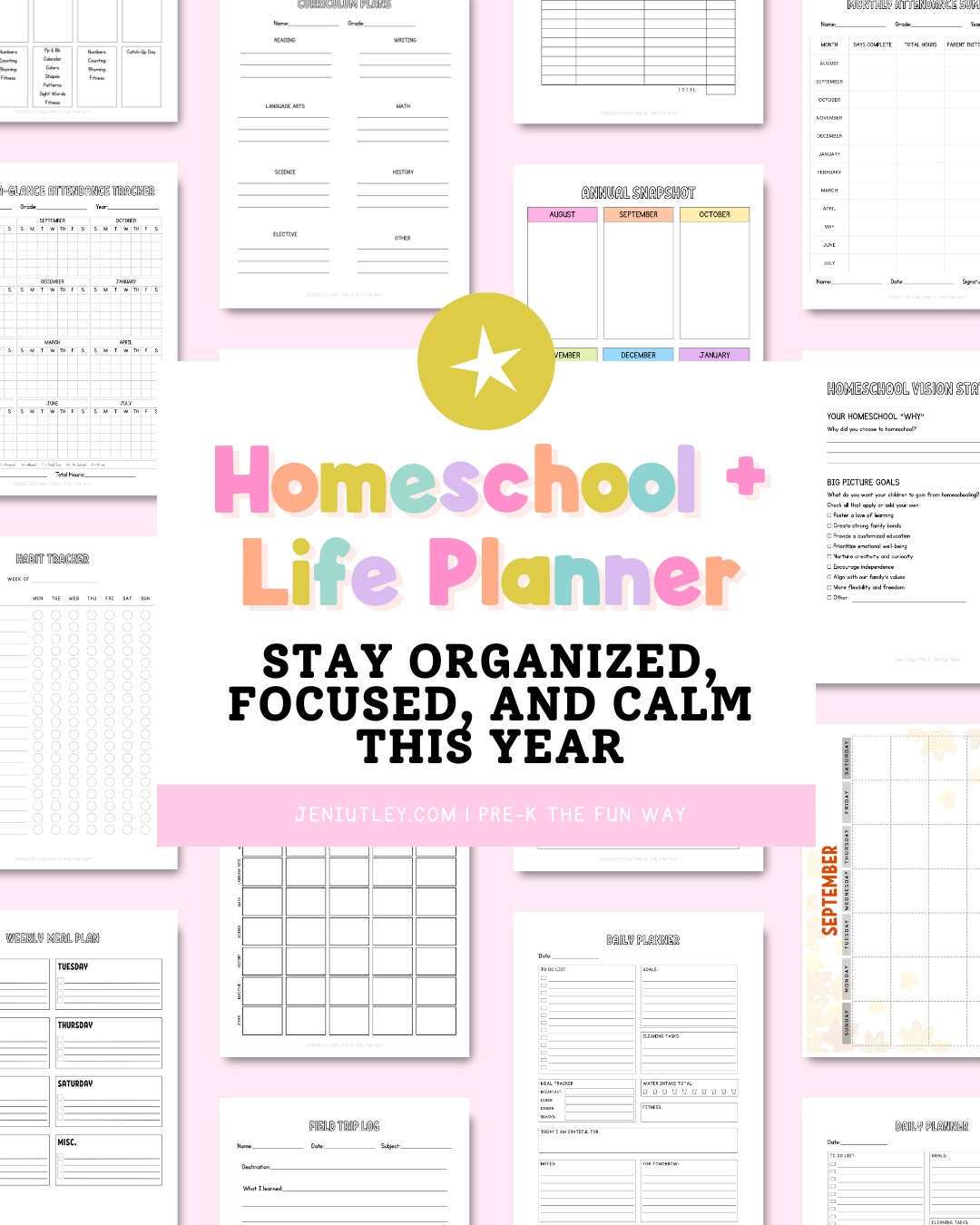




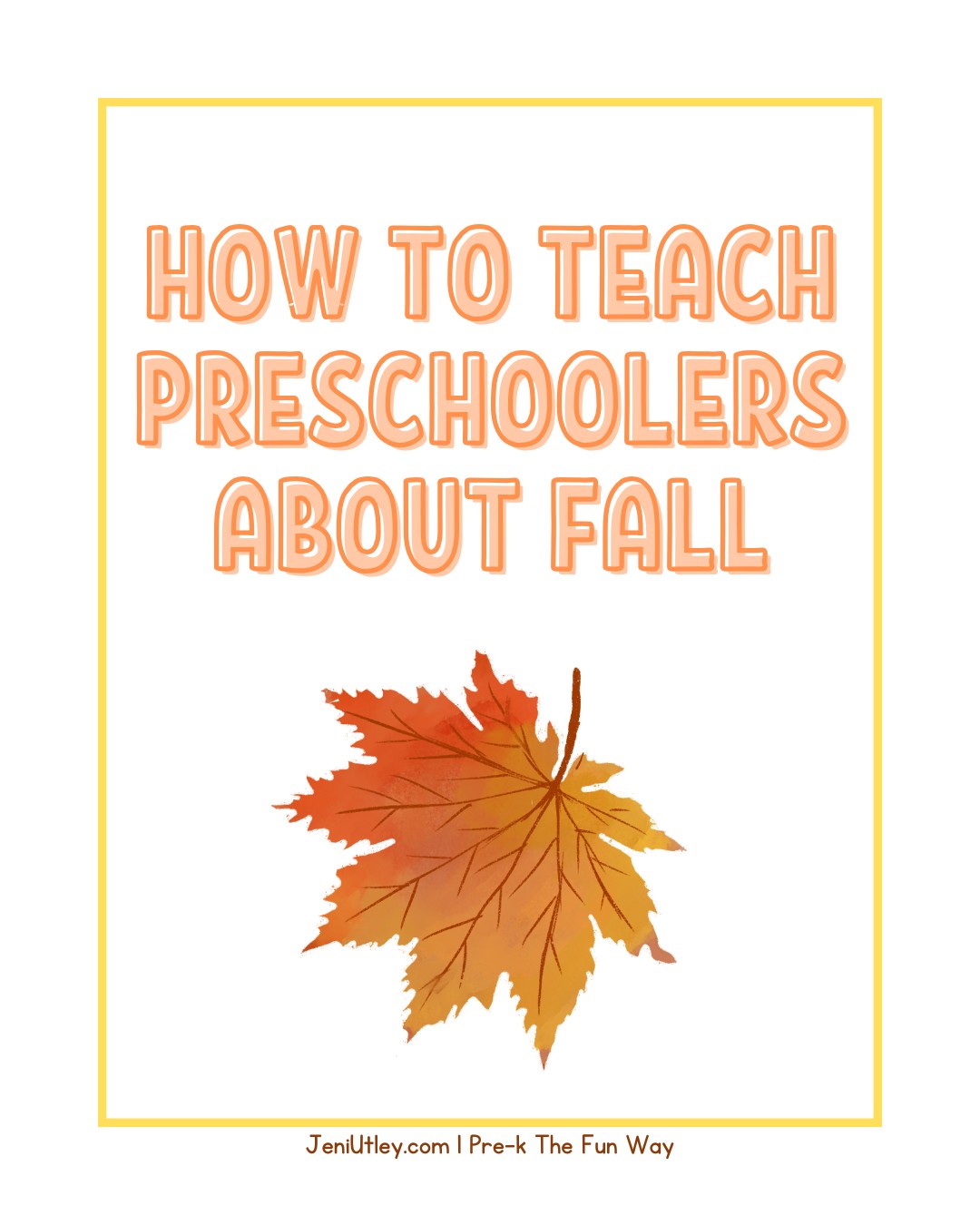

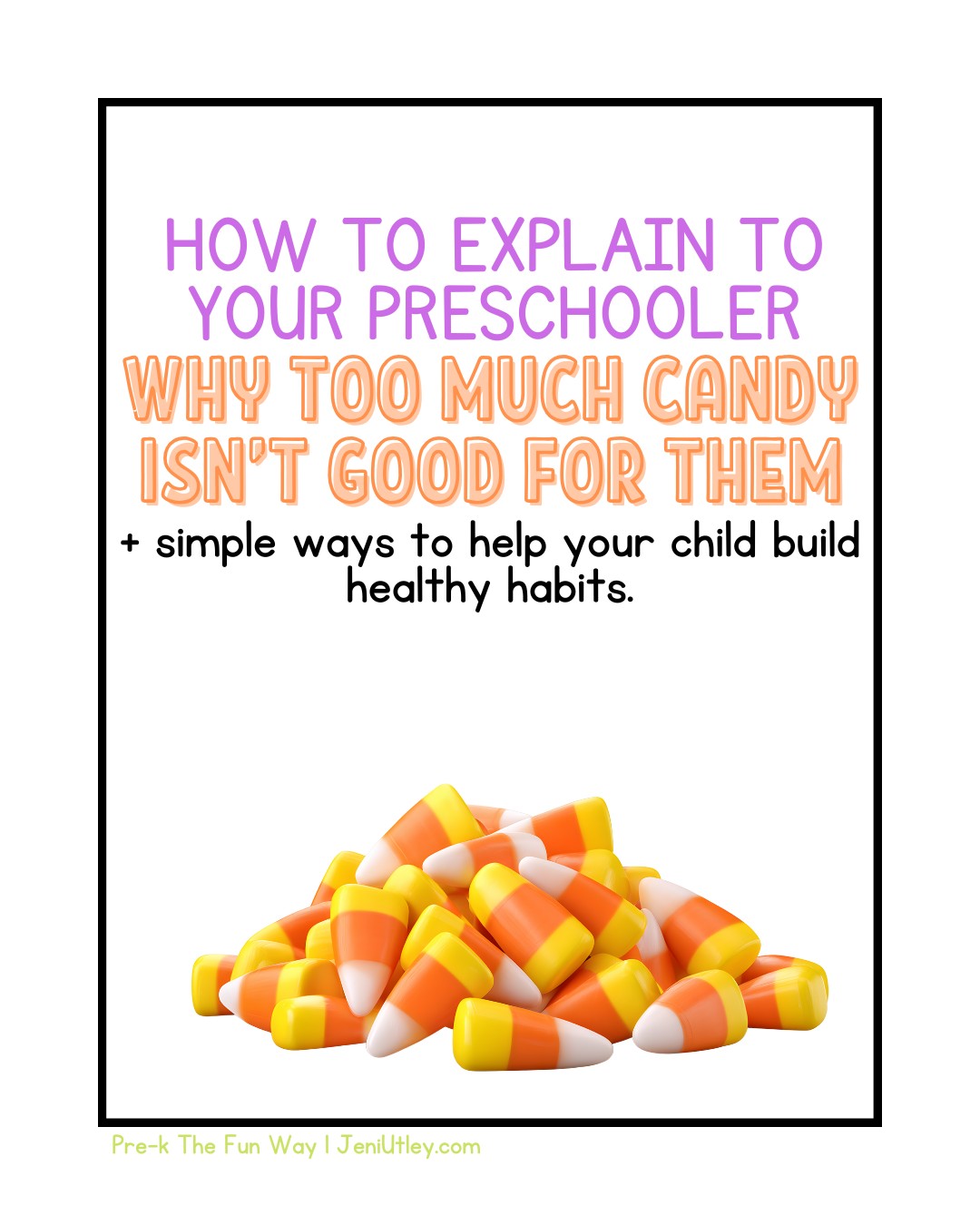







0 Comments